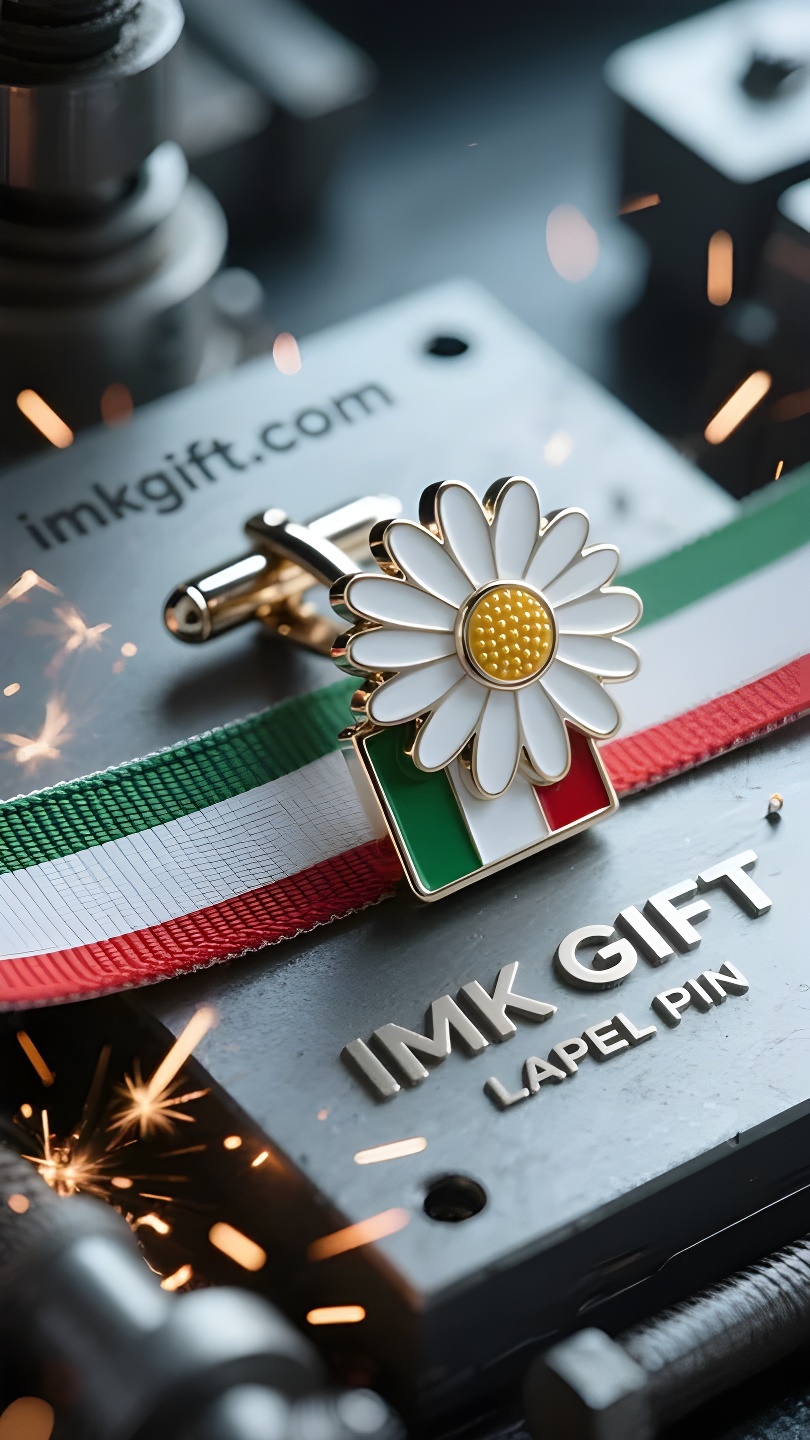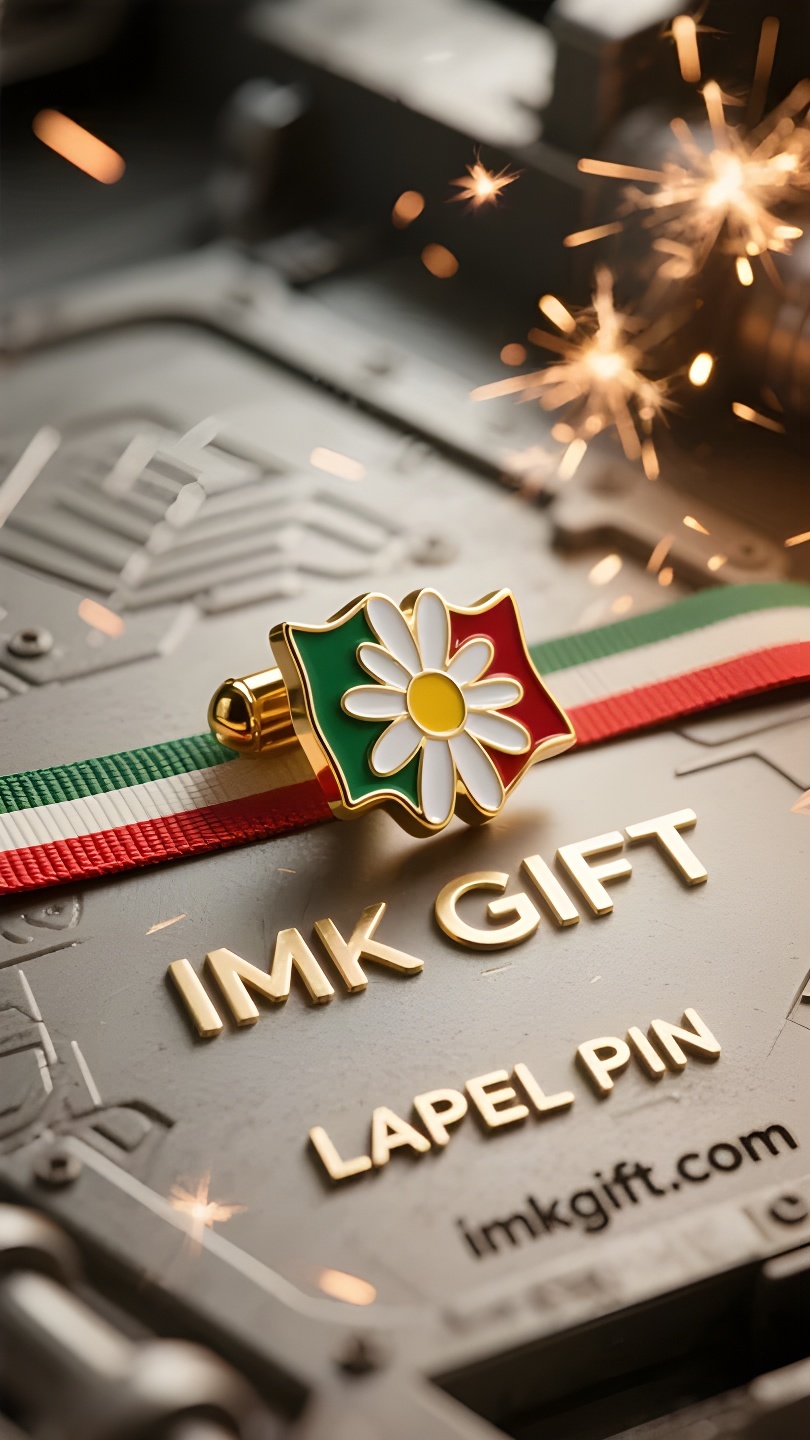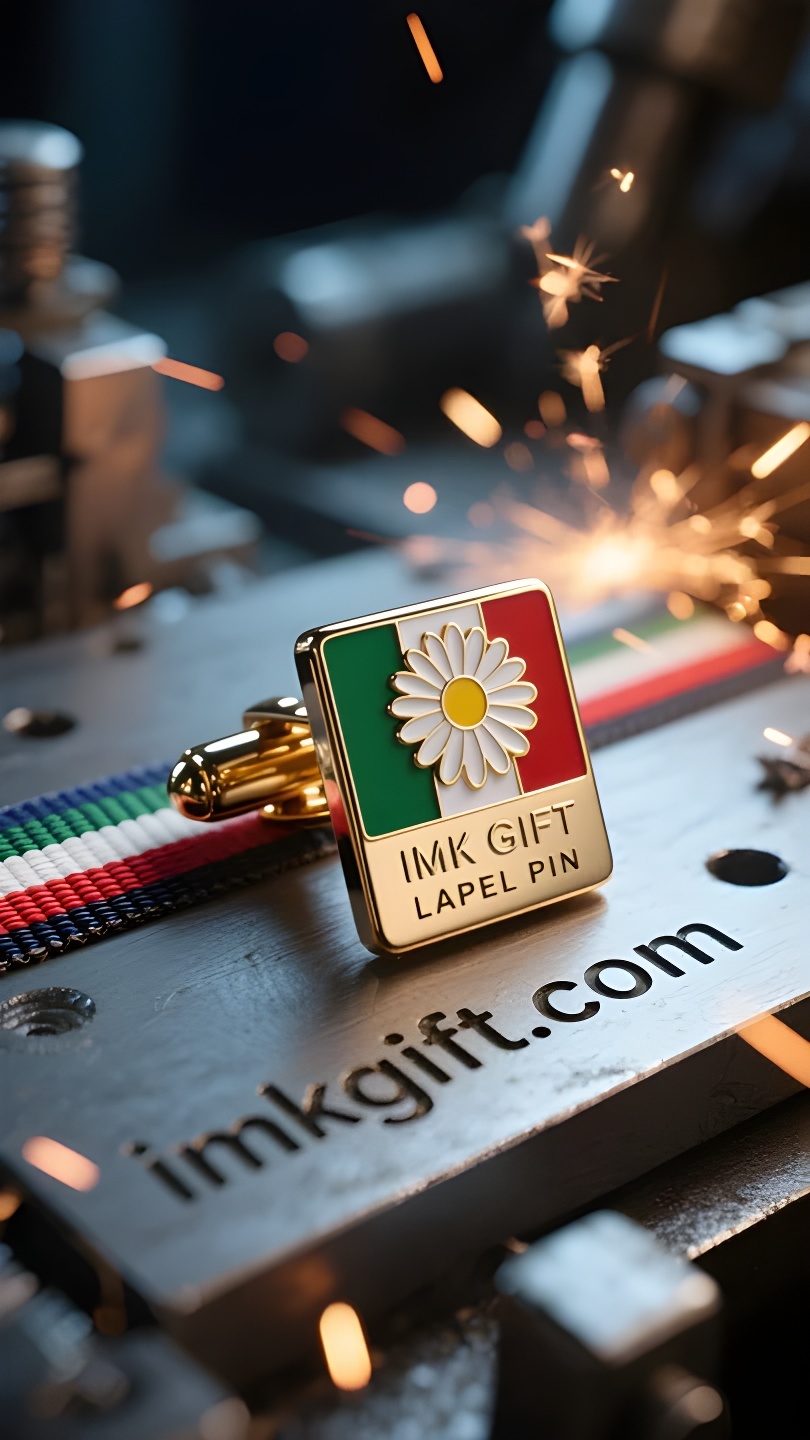in987-Luce-stellare-a-tre-colori-ed-eterna-primavera-l-39-allegoria-della-casa-e-della-patria-sui-risvolti-degli-italiani
▼
Nelle strade di Roma a giugno, bandiere verdi, bianche e rosse sventolano al vento e la gloria della Festa della Repubblica italiana risplende su ogni cittadino che si ferma ad alzare lo sguardo. Questo colore, nato nel 1796, con il verde dei nuovi germogli, il bianco delle cime innevate e il rosso del sangue caldo, intreccia speranza, fede ed entusiasmo in un totem spirituale che non tramonta mai. La luce argentata dei gemelli a forma di margherita era appena visibile tra gli abiti e le cravatte dei presenti. Questo accessorio maschile ha origine nel Rinascimento. Gli otto petali della margherita alludono all’ottuplice cielo della “Divina Commedia” di Dante. Il diamante racchiuso in ogni petalo simboleggia la brillantezza dell’individuo nella collettività. Come diceva il poeta Leopardi: “Siamo come le stelle, qualcuno deve pur cominciare a brillare per primo”, ogni gemello è la manifestazione dell’impegno del Paese: mantenere un carattere indipendente come una margherita, ma anche ingranare saldamente come un ingranaggio. Quando il nastro della bandiera nazionale e la lucentezza argentea dei gemelli brillano insieme al sole, è come una favola moderna della penisola appenninica: la bandiera tricolore è l’arca spirituale inaffondabile e ogni cittadino che indossa gemelli con margherite è un marinaio al timone. Sanno che il vero patriottismo non consiste nell’applaudire in piazza, ma nel trasformare i sentimenti della famiglia e del Paese in una luce stellare sul polsino, che illumina il cammino della nazione attraverso la perseveranza quotidiana. Questa protezione silenziosa ed eterna è esattamente la rivelazione che Dante ha portato attraverso sette secoli: l’eterna primavera non è tra le nuvole, ma tra i polsini solennemente abbottonati di milioni di persone.
In the streets of Rome in June, the green, white and red flags spread in the wind, and the glory of the Italian Republic Day illuminated every citizen who stopped to look up. This color, which was born in 1796, weaves hope, faith and enthusiasm into a spiritual totem that never fades with the green of new buds, the white of snowy peaks and the red of hot blood. The silver light of daisy cufflinks is looming among the suits and leather shoes of the celebration crowd. This men’s accessory originated from the Renaissance. The eight petals of the daisy allude to the eight heavens in Dante’s “Divine Comedy”. The diamond wrapped in each petal symbolizes the brilliance of the individual in the collective. As the poet Leopardi said: “We are like stars, and someone must start to shine first.” Each cufflink is a concrete manifestation of the country’s commitment – it must maintain an independent character like a daisy, and it must be tightly meshed like a gear. When the ribbon of the national flag and the silver glow of the cufflinks shine in the sun, it is like a modern fable of the Apennine Peninsula: the tricolor flag is an unsinkable spiritual ark, and every citizen wearing daisy cufflinks is a sailor at the helm. They understand that true patriotism is not cheering in the square, but turning the feelings of home and country into a starlight on the cuffs, illuminating the nation’s journey in daily perseverance. This silent and lasting protection is exactly the revelation that Dante brought across seven centuries: eternal spring is not in the clouds, but between the cuffs of millions of people solemnly fastened.
六月的罗马街头,绿、白、红三色旗帜随风舒展,意大利共和国日的光辉映照着每个驻足仰望的国民。这抹诞生于1796年的色彩,以新芽的绿、雪峰的皑与热血的赤,将希望、信念与热忱编织成永不褪色的精神图腾。
在庆典人群的西装革履间,雏菊袖扣的银光若隐若现。这种源自文艺复兴时期的男士配饰,以雏菊的八片花瓣暗合但丁《神曲》的八重天堂,每片花瓣包裹的钻石象征个体在集体中的璀璨。正如诗人莱奥帕尔迪所言:”我们就像星辰,须得有人先开始闪耀”,每一粒袖扣都是对国家承诺的具象化——既要如雏菊般保持独立品格,又须如齿轮紧密咬合。
当国旗的绶带与袖扣的银辉在阳光下交相辉映,恰似亚平宁半岛的现代寓言:三色旗是永不沉没的精神方舟,而每个佩戴雏菊袖扣的公民,都是掌舵的水手。他们懂得,真正的爱国不是广场上的欢呼,而是将家国情怀化作袖口的一粒星光,在日常的坚守中照亮民族的航程。这种静默而恒久的守护,恰是但丁穿越七个世纪传来的启示:永恒之春不在云端,而在千万人郑重扣紧的袖口之间。
▼
Contact Us
📞 Tel: +0086-760-85286839
📧 Email: sales3@imkgift.com








